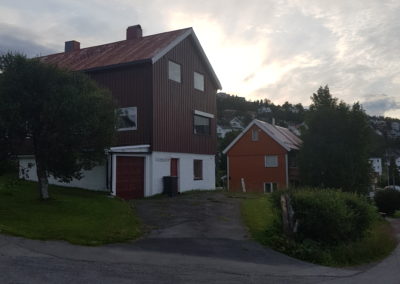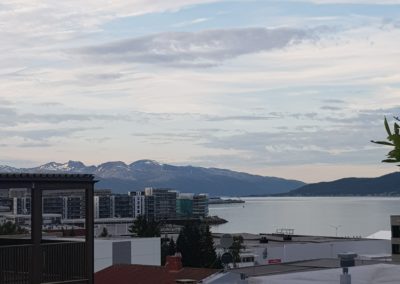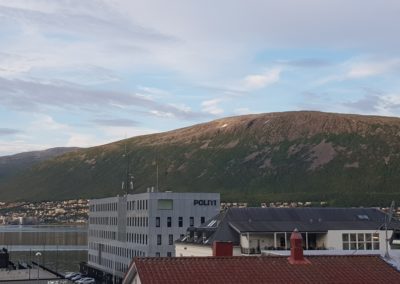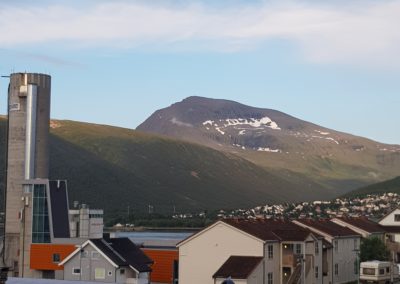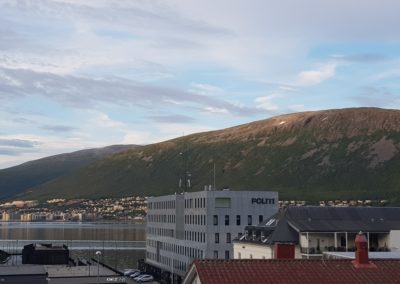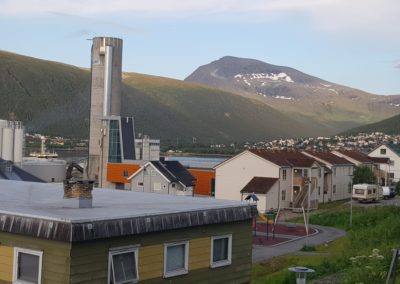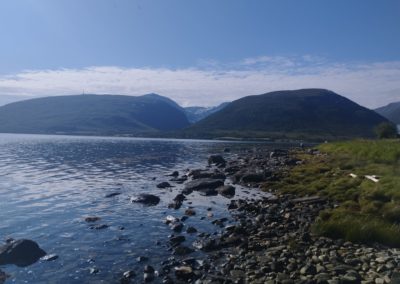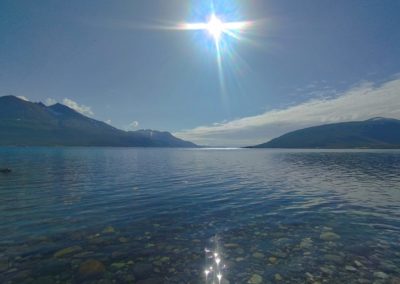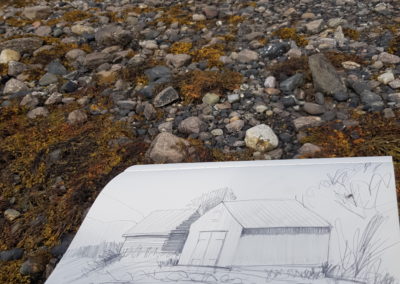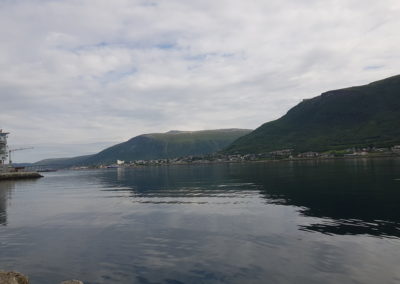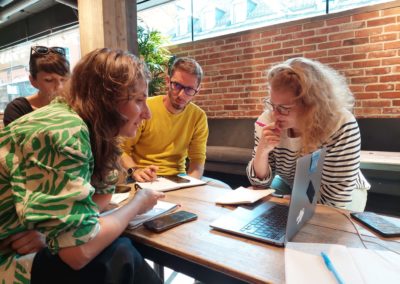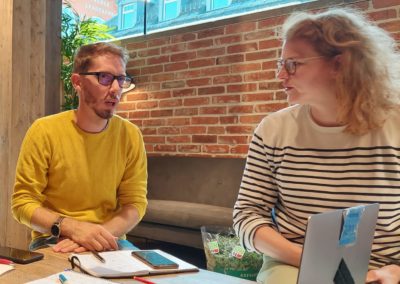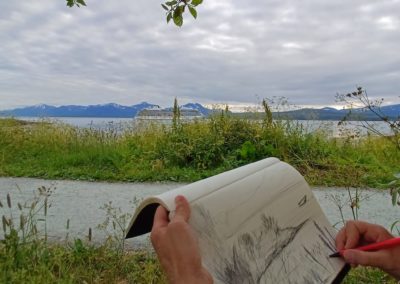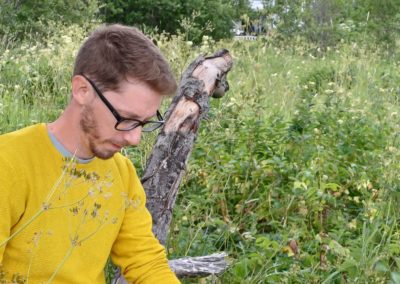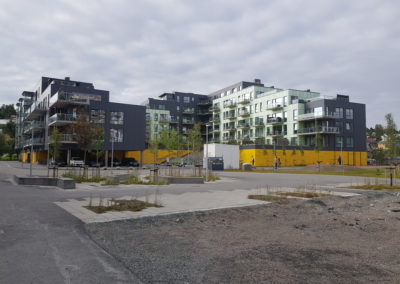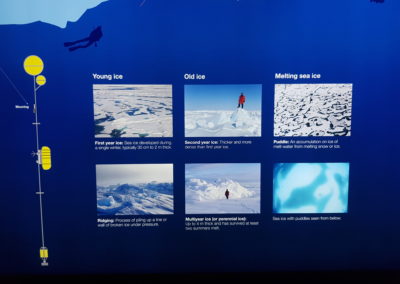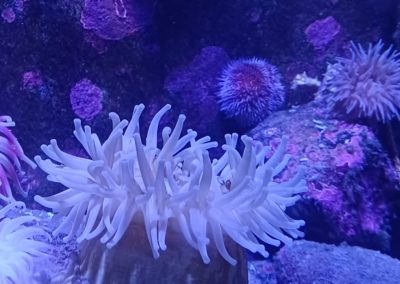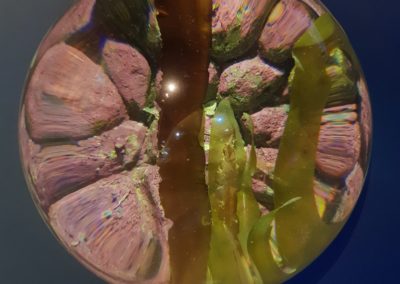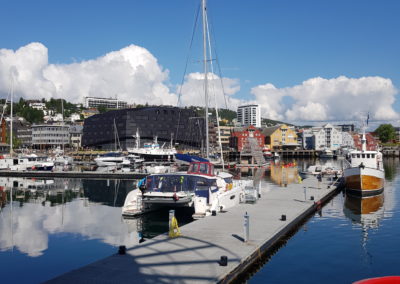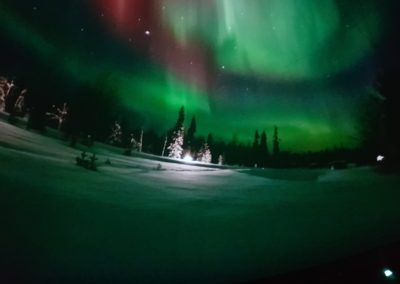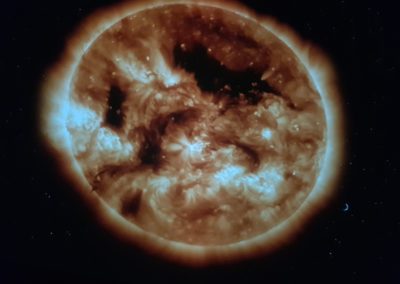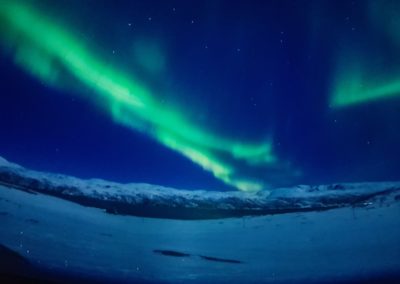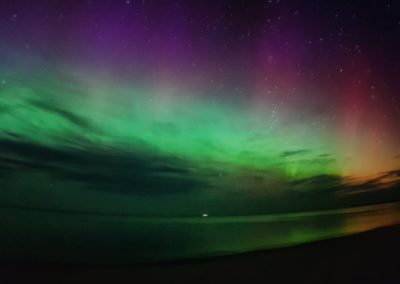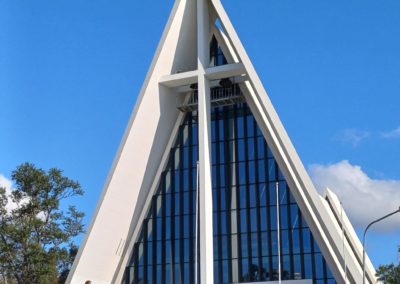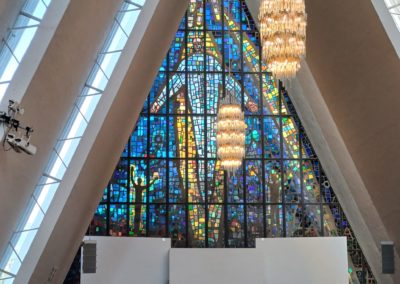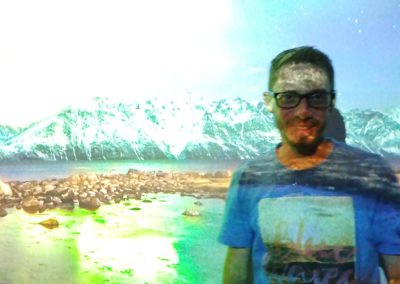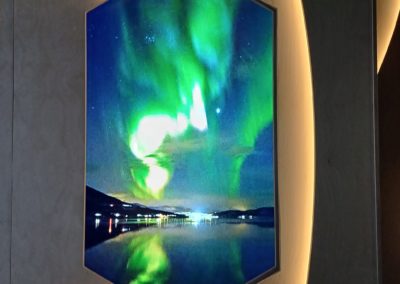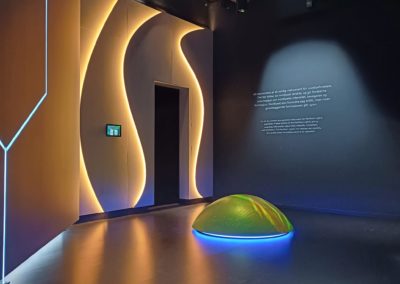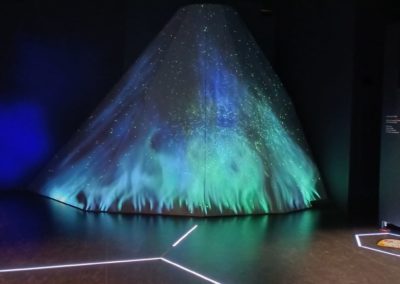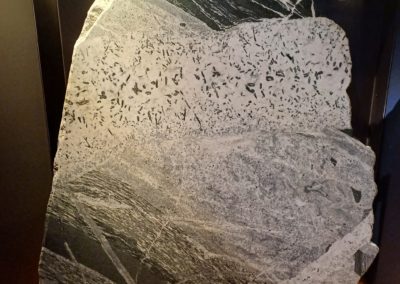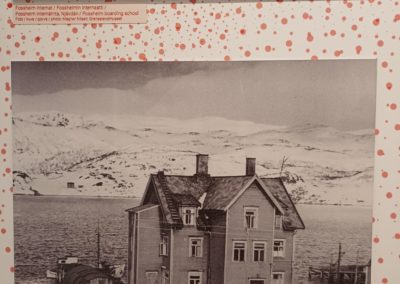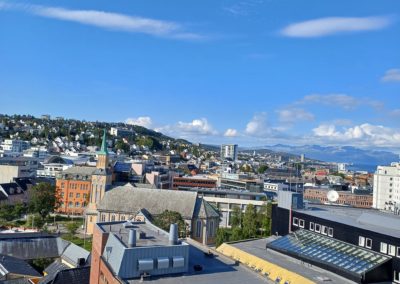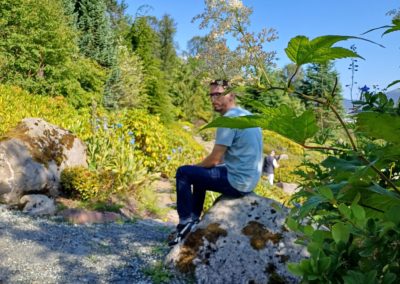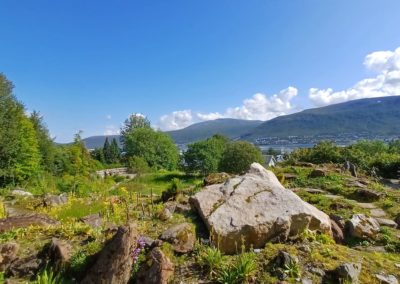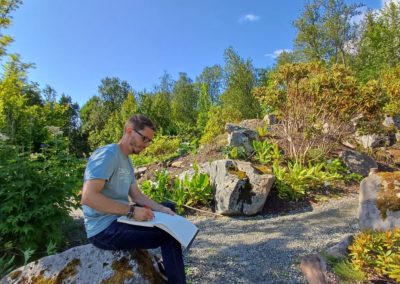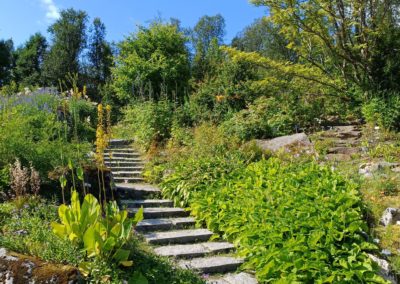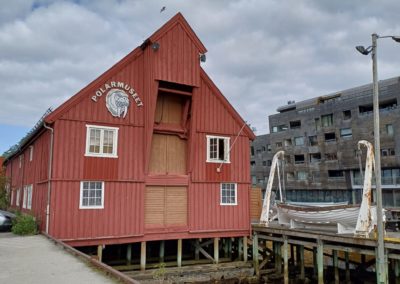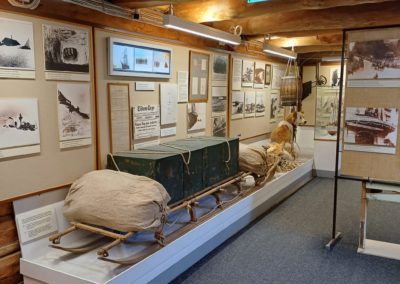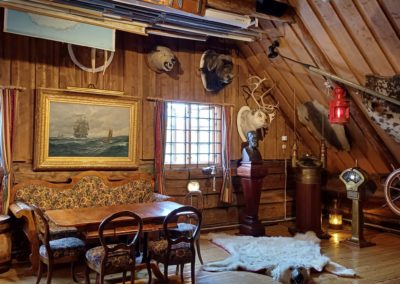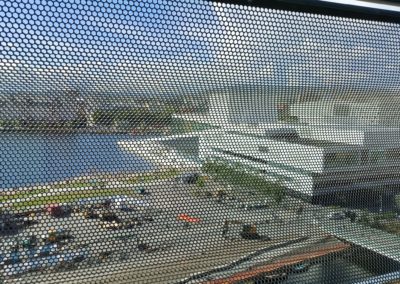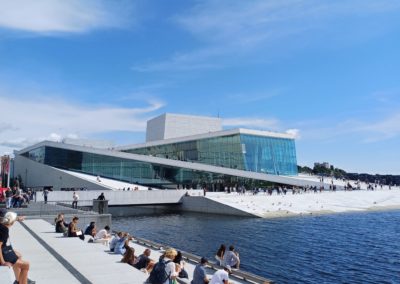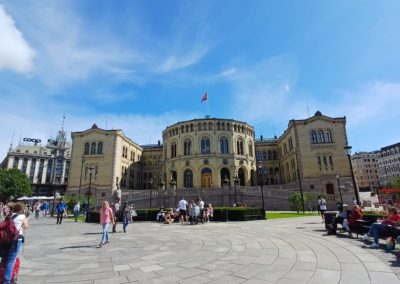Iulian Bisericaru
Travel Journal

Biography
Iulian Bisericaru (b. 1987) graduated from the University of Art and Design in Cluj-Napoca with a major in painting. He is currently working on his PhD thesis at the same university, researching the connections between architecture and painting. The lush landscapes in his pictorial works approach space from different but complementary perspectives. Apparent collages and sections of architectural plans are superimposed over images of abundant vegetation in a critical commentary on environmentalist ideology.In the summer of 2017 Iulian Bisericaru participates in the international art residency in Aschersleben, supported by Eigen +ART Gallery in Leipzig. The works developed during that period form the core of his latest solo exhibition at Galeria Anca Poterasu, December 2017 – January 2018, Bucharest. In 2009, she obtains a residency grant from the Academy of Art in Macerata, Italy. He was nominated for the Start Point Award and won the Expomaraton Award. In 2017, his work entitled Diebenkon background appeared on the cover of the Italian publication La Letura – Corriere dela Sera (July, 2017). Iulian Bisericaru is represented by Anca Poterașu Gallery in Bucharest. In 2022, his first artist catalogue will be launched.
Photo credit: Iulian Bisericaru
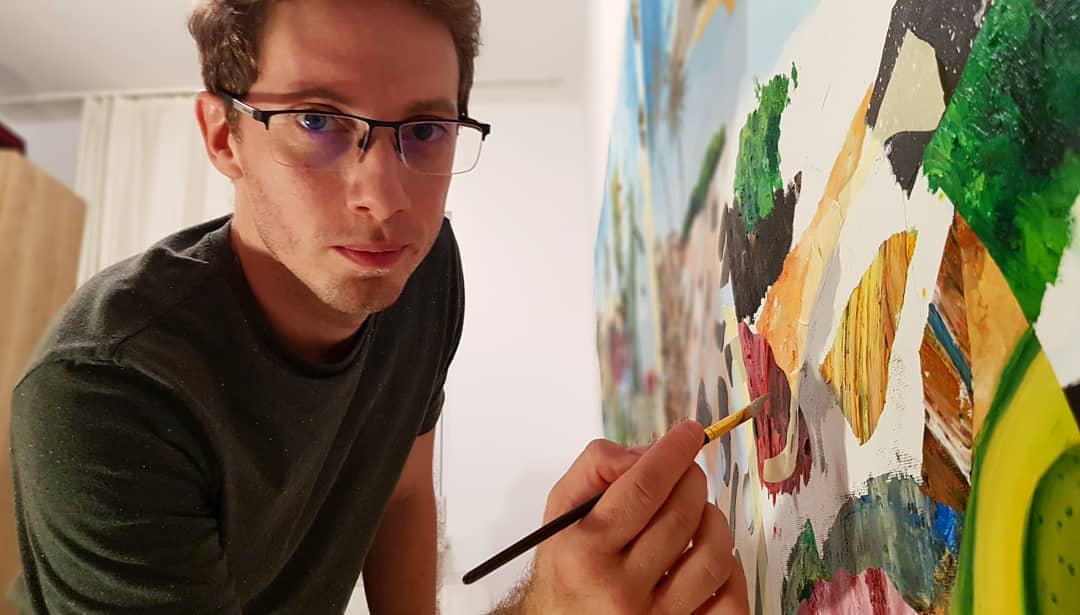
Residency
20 – 28 July
Norway, Tromso
21 July
We arrived in Tromso around 5pm, with a slight delay due to the last plane change. At first glance, Tromso is a very quiet, almost deserted place. I feel like in the movie Truman Show with Jim Carrey, everything is perfect, in place and well calculated.
The walk to the supermarket made me realise how much how steep the relief of the place is, high hills with sloping streets and multiple terraces.
22 July
I slept incredibly well, despite the night being full of light. We got to know the city centre, the place where people move around, mostly tourists. The air is salty, the smell of the sea is strong and at the same time the climate is mountainous. At 11:00 a.m. we met the whole team near a school, Steinerskolen i Tromso, the starting point of what was to be a dream route, the Sound Walk. We set off together on the pre-planned route, led by Anja. We each quietly tried to focus first on what we heard and then on what we saw. I paid attention to the sounds in the background, remembered the heavy traffic behind the block where I lived as a child, at the same time the sounds of seagulls, the sea and the wind. In fact, that was the concept and idea of the Sound Walk, what sounds you hear and what it reminds you of in particular. We had three 15-minutes stops.
Most of the walk was along the edge of the water. I did two sketches. Not necessarily for the project in, but simply to fully enjoy what I was seeing and to discover my surroundings through drawing. That surrounded me, the sea, the wooden houses, the shacks, the grass, the trees, the path I was walking on.
The walk ended with a few conclusions drawn in the café of the Arctic University Museum in Tromso, a place I will definitely come back to visit at my leisure.
23 July
At 10:00 a.m. we had a substantial meeting with the team. We agreed on the details of Timisoara, the opening day, the questions we should ask the museum administration, the layout and plan of the exhibition, as well as discussing the idea and concept of the work I will have exhibited in the museum.
Before the meeting I visited Polaria, a landmark for Tromso, where I focused on the study of seaweed and less on the variety of fish and seals that make up the most important exhibit there.
After meeting the team, I resumed the Sound Walk route from the previous day. This time even more quietly and in more detail. Of course I stopped to enjoy another pencil sketch in my sketchbook and notes. I returned home tired, but full of valuable information and excited about what I saw. On the way home we passed through an area of old wooden houses, typical of northern Norway, a good opportunity to document with photos.
24 July
We resumed our walk from the previous evening, discovering and studying their specific houses, made of wooden frames and painted in different shades of colours.
At 2 p.m, the whole team met at the Northern Norway Science Centre in the Planetarium room, where we watched the documentary “Extreme Auroras”, a film that explains the Aurora Borealis phenomenon and its impact on the local community from a scientific point of view.
We walked back to the city centre via the Botanical Gardens, a place I will visit again – more quietly and in more detail in the coming days. We discovered another part of Tromso. Part of the universities and science centres, a cool non-residential area.
A second part of the day we visited the Arctic Cathedral. To get there we took a walk along the bridge that connects the island to the east side of the city. The cathedral is a landmark for the city and an architectural ensemble representative of the Nordic countries, in short, lots of concrete, clean lines and cool atmosphere.
25 July
Today we left early for the Museum of the Arctic University of Norway in Tromso. We chose a route on the outskirts of the centre, through streets full of picturesque houses, typical of northern Norway, built of wood and covered with vertically arranged planks in pastel colours.
After a few short stops for photo documentation, we arrived at the museum, probably the largest in size and diversity in Tromso. We visited the part that talks about the geology of the place, then watched three documentaries that scientifically explain the causes and formation of the aurora borealis.
At 13:00 we caught the guided tour about Tromso during the Second World War, then continued to visit the part about the Sami minority and eclectic objects. I left the museum loaded with a lot of information that helped me understand the context of the place.
26 July
A sunny day, perfect for today’s plan, a visit to the Botanical Garden.
This garden is the northernmost botanical garden in the world, made up of Arctic and Alpine plants. After a tour of the entire garden area, I stopped on one of the rocks to sketch an alpine laurel bush. This sketch is a study for what I think I want to do in the Timisoara museum project.
After lunch we visited the Nord Norsk Art Museum in Tromso. A small museum in size, but it contains some valuable pieces by local artists.
27 July
A cold day, with a sun that no longer warms like the rest of the days. We visited the Polar Museum, a place full of stories about polar expeditions, hunting and the struggle for survival in a harsh and arid environment.
A museum that speaks indirectly about the connection man has created with nature to survive when it demands its rights.
Close to the polar museum we visited the Ehemalige Werft, the old shipyard and launch site. A former industrial area that has been transformed into a public space while preserving the industrial elements that were functional.
The project “Blue Sun – Conversation on art, science, and ecology” benefits from a 93960 Euro grant from Iceland, Liechtenstein and Norway through the EEA and Norway Grants.
The EEA and Norway Grants represent the contribution of Iceland, Liechtenstein and Norway towards a green, competitive and inclusive Europe. There are two overall objectives: reduction of economic and social disparities in Europe, and to
strengthen bilateral relations between the donor countries and 15 EU countries in Central and Southern Europe and the Baltics. The three donor countries cooperate closely with the EU through the Agreement on the European Economic Area (EEA). The donors have provided €3.3 billion through consecutive grant schemes between 1994 and 2014. For the period 2014-2021, the EEA and Norway Grants amount to €2.8 billion. More details are available on: www.eeagrants.org and www.eeagrants.ro


